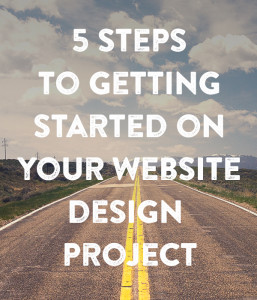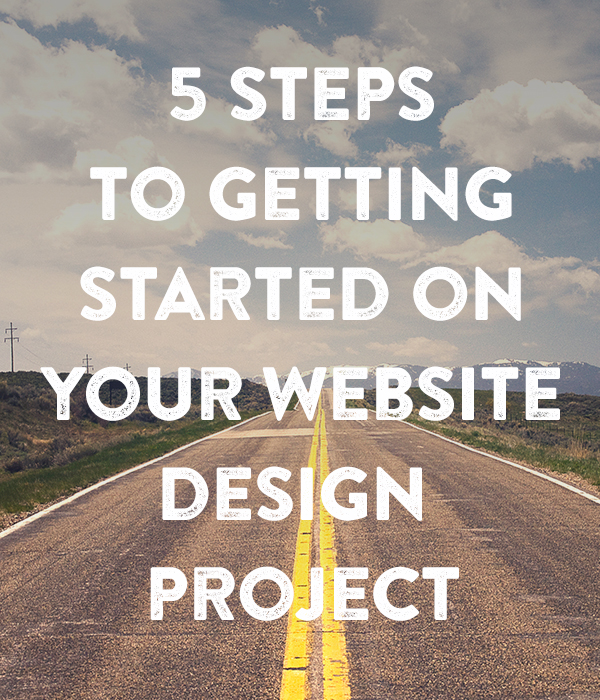 Here’s the scenario. You starting a small business and realize you really need to get a website. Or, you run a small business and realize your website is really dated. You have little to no knowledge of how this whole website and Internet thing works. Your heart pounds at the thought of blowing your budget. You get frantic thinking about how your going to find the time to make this happen.
Here’s the scenario. You starting a small business and realize you really need to get a website. Or, you run a small business and realize your website is really dated. You have little to no knowledge of how this whole website and Internet thing works. Your heart pounds at the thought of blowing your budget. You get frantic thinking about how your going to find the time to make this happen.
What you need is stiff drink.
Actually, No. What your really need is some insight into preparing for a web design project in order for you to make the most of your design consultation and ultimately, make the most of your Internet marketing.
Here are 5 initial steps you can take before you even pick up the phone to book a consult.
Step 1
Evaluate your current branding. Are you happy with it? Have you had someone with design or marketing expertise provide you some feedback? No sense in spending the money on a website if your a) not happy with your current branding or b) unsure of your current branding. Websites are one of the bigger start-up expenses, don’t waste your money designing around a low budget logo or an outdated logo. Make sure your current branding is going to translate well on the Internet, and if your unsure then hire your designer or a consultant to review it.
Step 2
Decide on your online marketing goals. Yes, your business needs a website, but what do you want your website to do for your business?
Step 3
If you don’t already have tag lines and marketing materials, start brainstorming. Websites are a combination of visuals, calls to action and and story-telling copy. You need some kind of marketing direction to build written content around your brand. If you don’t have a marketing plan and you don’t think you can create one on your own, then schedule an extra consult with a pro who can help you create your plan.
Step 4
Gather all your materials in preparation for your initial consult with your web designer and have it ready to hand over in digital form.
- Headshots and Photography
- Contact information: phone, mailing, emails
- copy written material- information about you/your business, welcome and introduction text, and information about products or services relating to your business
- tag lines and calls to action
- key words and key phrases related to your business
With all this information, your and your designer will be able to decide on aspects of your website including construction, outline and navigation. Prepare to discuss with your designer your website goals and marketing plan, not just what your site is going to look like.
Step 5
Get inspired. Look at other websites and not just those in your business niche. Let your designer know which sites you like and which ones you don’t and be prepared to explain why. Your designer will want to get some insight into your vision to help you best match your vision to your marketing plan, and ultimately end up with a website that works for your business.
Need some insight? Book a Consult. I’d love to help.

